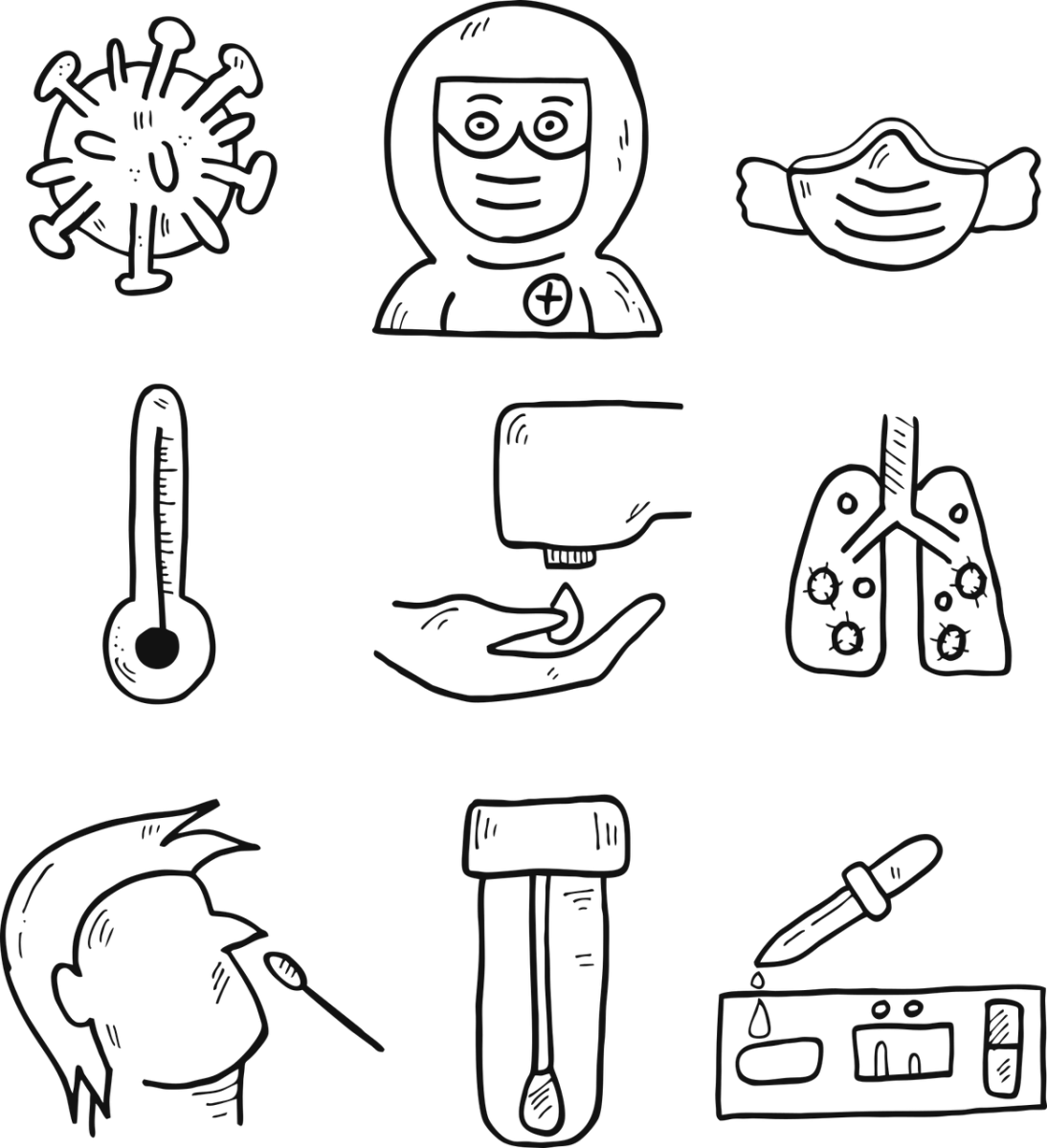Drake University has switched its COVID-19 testing method from a saliva test to a “self-administered anterior nasal swab test,” according to the university COVID-19 update released on March 1.
A graphic linked to the COVID update details how the tests are meant to be administered. Test-takers are supposed to insert the swab into the nose until they feel a little resistance, “rub the swab slowly in a circular motion around the inside wall of the nostril four times,” and repeat the process with the other nostril.
Erik Maki, the chair of the Clinical Sciences Department at Drake, said that the nasal swab tests are just as accurate as the saliva tests.
“So I guess in summary, we felt confident that this methodology would be just as accurate as our previous methodology but simpler for really everyone involved in the testing process,” Maki said. “It makes life easier for both the people helping administer the test and also the person who was having the test done.”
Chris Nickell, the director of environmental health and safety at Drake, said in an email that the nasal swab tests are safer than the saliva tests because they are self-administered.
“Again, this is safer because it minimizes contact between Drake staff with those being tested and eliminates potential for Drake staff to come directly into contact with the test samples,” Nickell said.
Maki and Nickell both said that the new tests are also less expensive. Maki also said that only one volunteer is needed at the testing site with the nasal tests, while the saliva tests required three people.
“And so with this new testing methodology, we only need one person,” Maki said. “Just to check somebody in. And then since it’s all self-administered, that’s all it takes. So it’s really cut labor and the number of volunteers that we need down significantly.”
According to Maki, the nasal and saliva tests used by the university are called PCR tests, and they take about 36 hours to yield results. Maki emphasized the sensitivity of these tests, saying that even a person who recently had COVID-19 but can no longer transmit the virus will still test positive. Maki said that PCR tests are more accurate than rapid tests offered around town that only take about 15 or 20 minutes to run.
“And I know that I’ve had colleagues that have had symptoms of COVID, and friends, who’ve gone and got one of these rapid tests and it was negative, and then we did a PCR test and they came back positive,” Maki said.
Nickell stressed the importance of taking precautions and participating in random testing.
“Wear an effective mask properly, wash your hands often, and stay distant from others where possible,” Nickell said. “If students are selected for surveillance testing, participation is vitally important to detect asymptomatic spread within our community.”
Maki called himself “COVID-optimistic,” and he said that he hopes that testing will not be necessary in the fall.
“We still may do testing in the fall—I don’t know. There’s a lot of time between now and then and a lot of things can change, but like I said, I feel pretty optimistic with the pace of immunizations and that the prevalence will be so low that we won’t even think we need to do it,” Maki said. “We may still do testing, or have testing available to us, but I just think it’ll be much less of a concern in the fall.”
*this article has been corrected from a prior version stating that test results arrived within 24, not 36, hours







